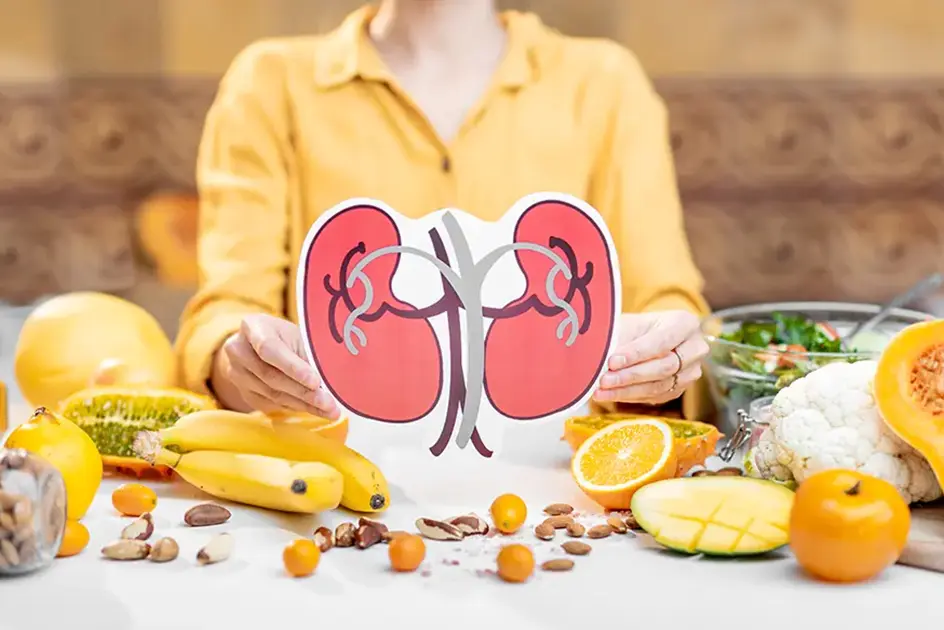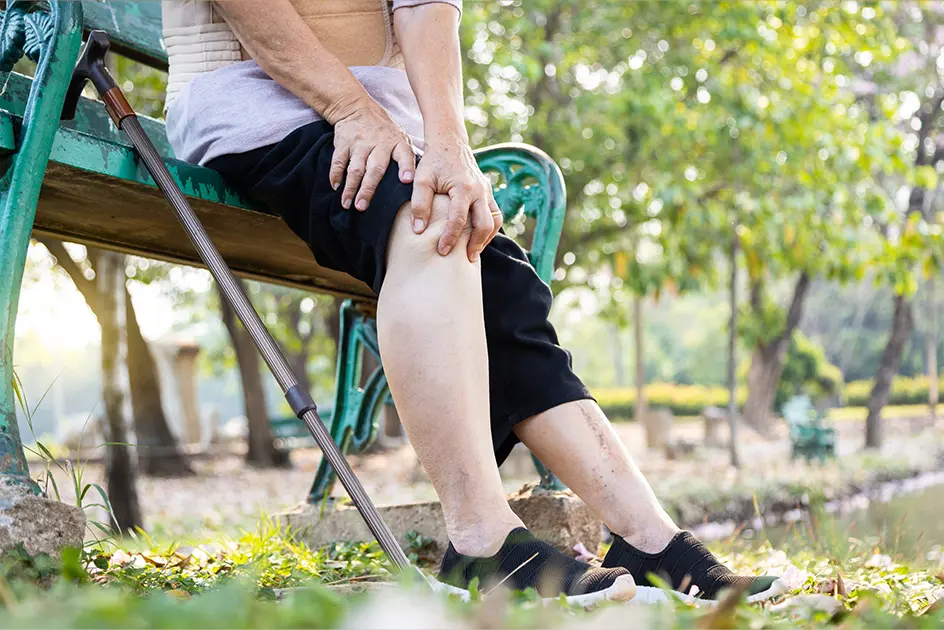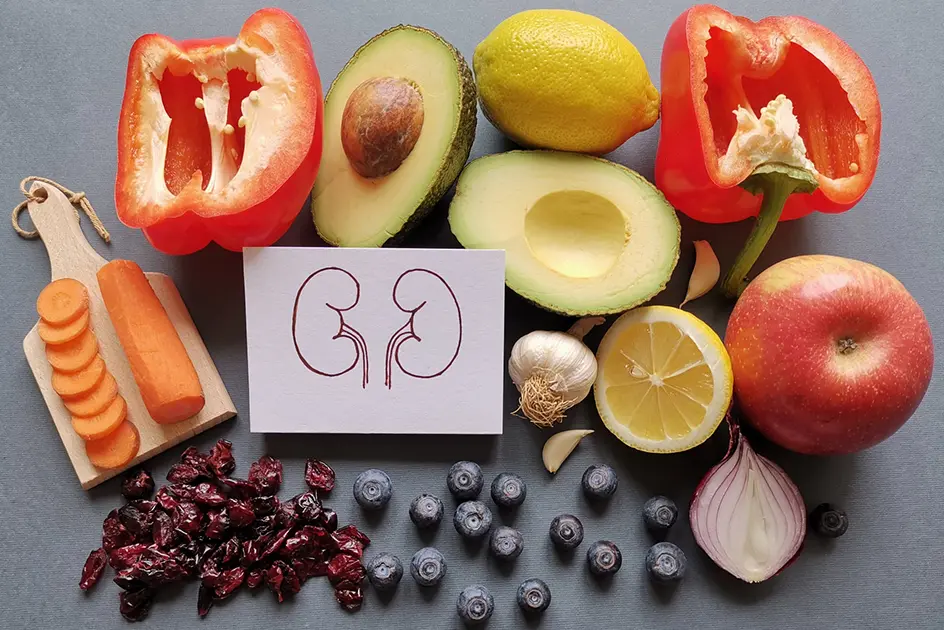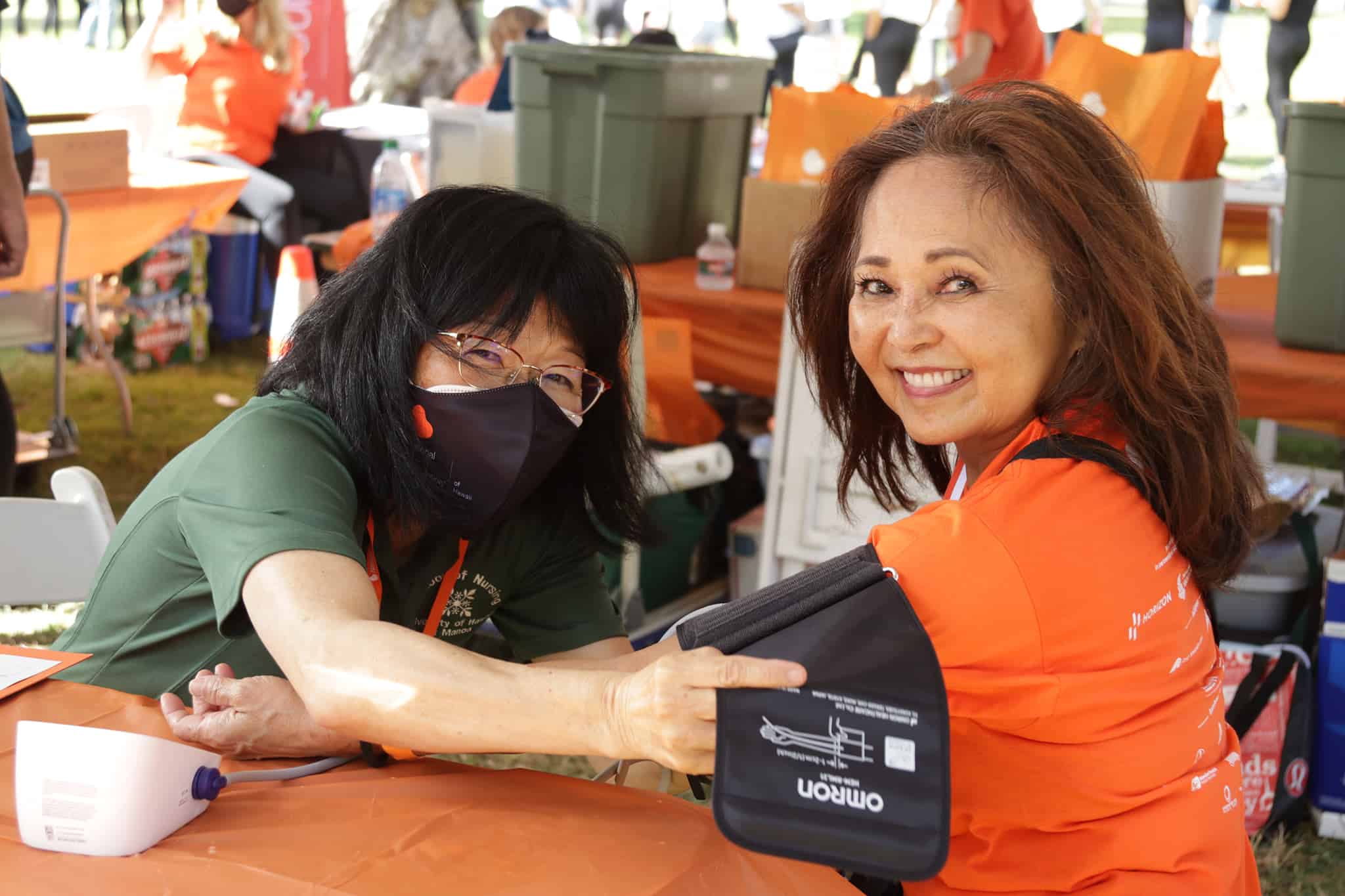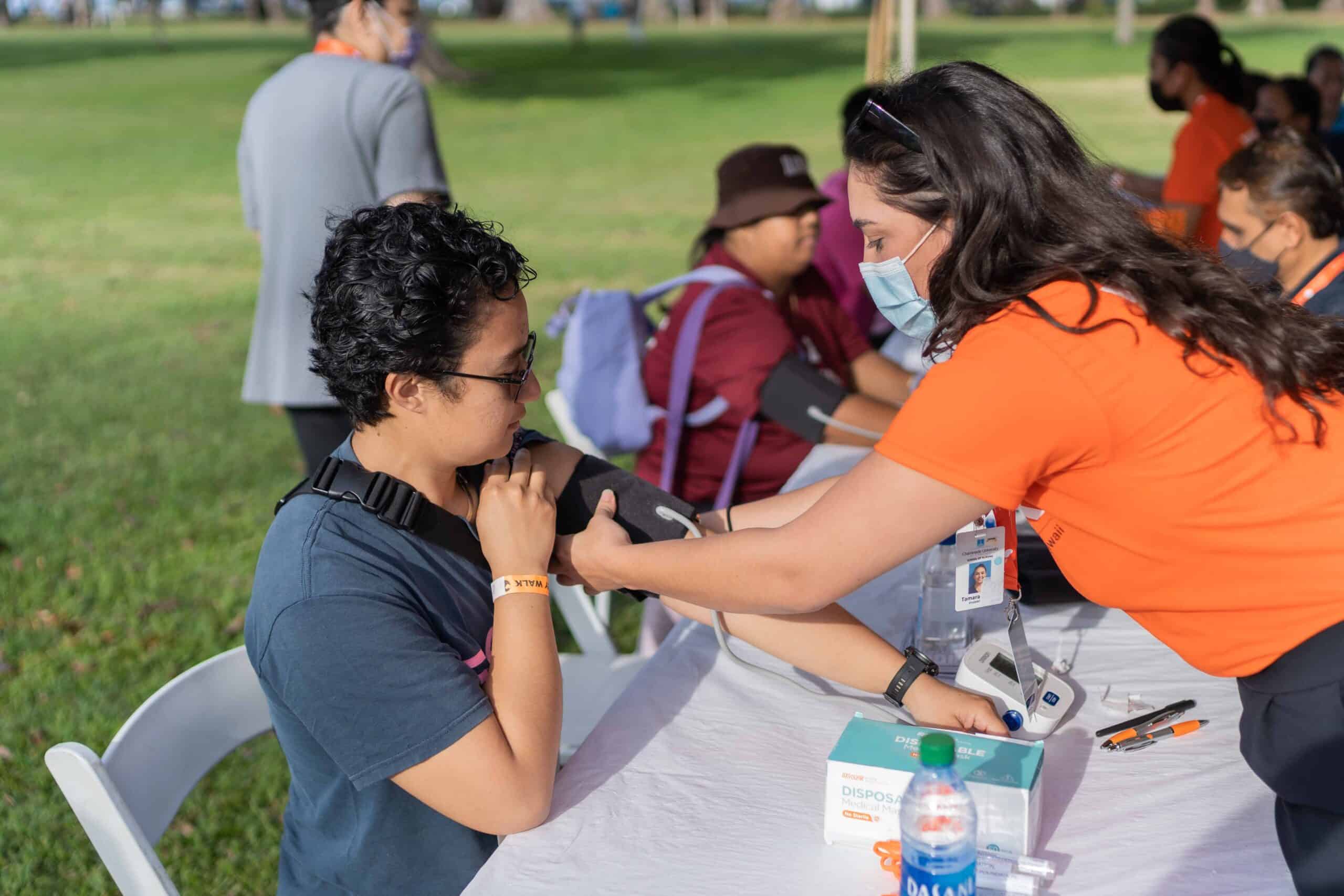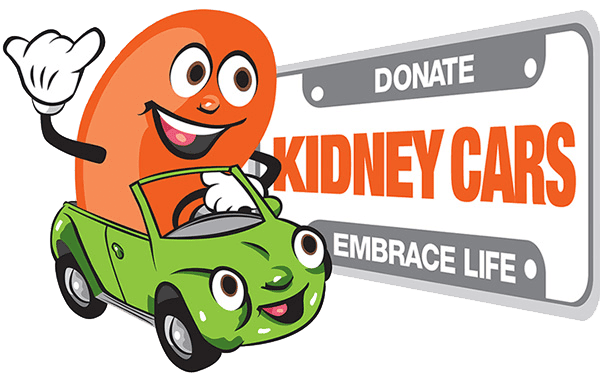The holidays are a time of cozy indulgence, full of meals and treats we don't eat every day. Since holiday meals are typically special to us, they often include more calories, more sugary and starchy foods, and larger portions, which can really add up. It's hard enough to eat a reasonably healthy diet during the holidays when you don't have any diet restrictions, so it's especially tough if you need to follow a kidney diet. Here are some key nutrition aspects to consider, along with 10 practical tips to help you manage kidney nutrition during the holiday season.
Sodium
Holiday dishes are often loaded with sodium, whether from cheeses, salt-preserved meats, seasoning blends, or extra sauces and gravies. If you're the one cooking, it might be easier to control the extra salt you add to dishes, but it's tough if you're eating at someone else's home. For any dishes you cook, try using fresh herbs and spices instead of adding salt.
To make a lower-sodium plate, choose home-cooked options whenever possible over prepackaged items or restaurant foods. Choose fresher meats (baked chicken or poultry, roasted or grilled meats) and fish, instead of salty, preserved meats like spam, salami, or bacon.
When you're making your plate, skip the sauces and gravies, or use only a small amount for a taste of the flavor, as they tend to be high in salt. Remember that soy sauce is high in sodium, so limit portion sizes of dishes heavy in soy sauce.
Potassium
Many common holiday foods are high in potassium, so be mindful of this if you have been asked to restrict potassium. Sweet potatoes, yams, winter squash, acai, oranges, pomegranates, and bananas are all high in potassium. Some holiday breads and cakes with dried fruit may also be high in potassium, so avoid these when possible.
You can significantly reduce the potassium in potatoes by leaching them with water. This involves soaking chunks of potatoes in water, then boiling them in fresh water, and discarding the water before using the potatoes. This technique doesn't remove all the potassium, so still be mindful of portion sizes, but it might let you enjoy some potato dishes on a special occasion.
Phosphorus
One way to limit your phosphorus intake is to watch serving sizes of high phosphorus foods. High phosphorus foods include processed meats, packaged foods, milk products, and dark colas.
For meats, aim for a serving size of a few ounces, which is about the size of a deck of cards or the palm of your hand. Eat small portions of creamy or cheesy sides, such as ½ cup or less, as they are likely higher in phosphorus. If available, choose roasted or sautéed vegetables instead of dishes with added cheese, or a more simply prepared grain.
Remember that puddings and cream pies are high in phosphorus since they typically contain dairy, too. Avoid them if possible.
Extra Carbohydrates and Sugar
If you have diabetes or known issues with blood sugar control, try to enjoy your favorite foods in moderation. Even when eating holiday foods, try to think about the Plate Method: fill about ¼ of your plate with protein foods (meats, fish, beans, tofu), ¼ with a carbohydrate (pasta, macaroni salad, rice), and ½ with non-starchy veggies (side salad, green beans, cauliflower, zucchini).
If you're having rice or pasta with your meal, consider skipping the bread or roll on the side to keep the meal in balance. If you're going to eat sweets, try for a smaller piece of a cake or pie, or only 1 or 2 small cookies instead of a larger portion. A serving of lower potassium baked fruit might also feel indulgent, like baked apples or pears, and since the fruit is naturally sweet, minimal added sugar is necessary.
Fluids
If you have a fluid restriction, track your fluids carefully to avoid drinking too much liquid while celebrating.
Though the holidays are a time to celebrate, try to limit alcohol as much as possible, especially if you have high blood pressure. Alcohol increases blood pressure and also has a dehydrating effect on the body, which is likely just to make you thirstier. Alcohol can sometimes make it hard to make healthy food choices, too, since it lowers inhibitions. Instead of an alcoholic drink, try a festive mocktail or sparkling apple cider, or just stick to water when possible.
10 tips to help you find holiday balance
- Bring a dish that you know works for your kidney diet if you're going to a celebration at someone else's house. You'll know there’s one food you can eat without worry and can add in small portions of other holiday foods to fill the rest of your plate.
- Eat healthy, filling meals at the other two meals of the day if you have a big holiday lunch or dinner planned. Focus on balanced meals, with protein, carbohydrates, and vegetables or fruit, so you don't go into a holiday meal super hungry.
- Practice mindfulness techniques. Sit down with your meal or snacks and eat them with focus, rather than standing up and eating while distracted. You'll enjoy your food more and be more aware of what you're taking in and how much.
- Use a smaller plate. This will help you serve smaller portions of your favorite holiday foods.
- Choose water as your primary beverage so your drinks don't add potassium or phosphorus to your meal. Use a small juice glass and take sips if you have a fluid restriction.
- Load up with veggies. Add a serving or two of a lower potassium vegetable to your plate to balance out your meat and other sides.
- Try a fruit-based dessert to lower your sugar intake. Stick to lower potassium choices if you try this, like apples, pineapple, pears, tangerines, or apricots, and aim for about a ½-cup serving size.
- Bring your phosphorus binders. If you're prescribed medications to lower phosphorus levels, make sure you have the pills with you at holiday gatherings.
- Craving an appetizer? Choose fresh veggies like carrots and celery to use with dips and spreads instead of salty crackers (which may also contain added phosphorus), and try to add only a tablespoon or two of the dip to your plate.
- Work some physical activity into your day. Even a 20-minute post-meal walk with a few family members, some light stretching, or a 15-minute YouTube workout can help balance out holiday indulgences. As a bonus, physical activity helps decrease stress, too.

